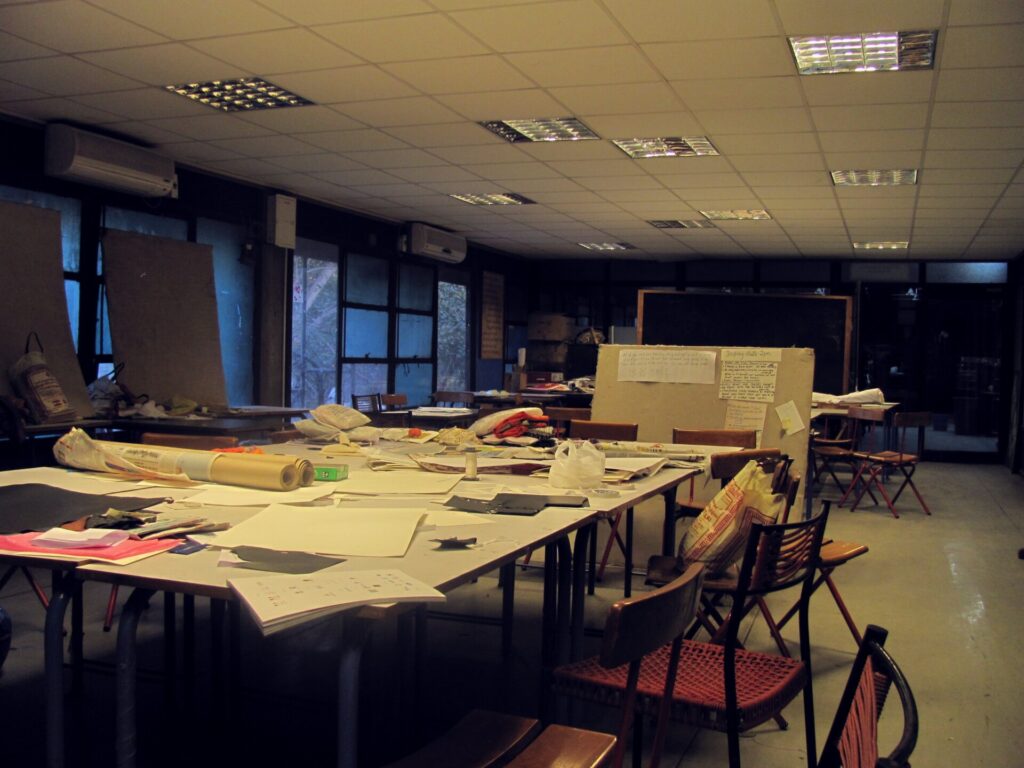Design workshops are a critical tool to define expectations, project budgets and timelines, identify user personas and stories, and establish key features of a product and much more. A discovery workshop is an extremely interactive workshop that occur at the beginning of a project. It helps bring various stakeholders interest groups, such as business leaders, technology, finance, sales and marketing teams on the same page in terms of business requirements, project plan, and strategic goals.
The outcomes of this type of workshop may include:
- Defined business goals & measurements for success
- Project plan, milestones and timelines
- Described project processes and roles
- Defined user personas and segmentation
- Technical dependencies, requirements and constraints
What do we learn in a discovery workshop?
Discovery workshops are a way for the design team to gain an intimate understanding of the business or product domain from the horses mouth i.e. management (CEO, CFO, Sales, Finance etc.) and technology (CTO, CIO, Engineering, DevOps, etc.). Through a serious of activities, based on prior research by the design team, like brainstorming, diagramming, sketching, etc., the workshop facilitator tries to eek out insights, concerns and nuances from the participants. Thereby validating the design teams own understanding/assumptions/knowledge and also giving a chance to the interest groups to point the team in the right direction in case of misalignment.
What to expect in a discovery workshop

Before Covid-19 discovery workshops were almost always an in-person day long affair, divided into multiple sessions, with various stakeholders interest groups sitting together to come to a consensus on key agenda items. This is still the preferred way to conduct workshops of any type. However post pandemic, Maya Studios has created processes to conduct discovery workshops entirely online as well. Regardless of the mode of workshop, some of the key activities that are part of the workshop include:
- Introductions – getting to know everyone
- Learning about the business, business concerns, goals and aspirations from management interest group
- Learning the core idea behind the product/service from each interest group
- Discussing each participant groups role and concerns and making them visible to other interest groups
- Discussion to disambiguate and document key project concepts. For example, users and customers could be entirely different entities with in the same project
- Discussions about users, user segmentation, customers, target audiences,
- Discussion about technology and its impact on the project
- Discussion over a tentative project plan, timeline and another points that may come up during the workshop

What follows a discovery workshop?
After the workshop ends, the workshop facilitator collates all the material from the workshop into a comprehensive document, usually a PPT or PDF, and shares it with all the interest groups for comments. Based on this document, final project plan is created, which includes resource estimates, timelines, deadlines for project phases and communication cadence. Once a comprehensive project plan is in place, the design and engineering leads usually meet with their teams to convey the requirements and expectations, assign tasks and implement the project plan.
In conclusion
Discovery workshops are like therapy session for organizations. Not only do they help design team (internal or external) get a 360 degree appreciation of issues at stake especially beyond UX/UI, they also give a chance to various interest groups to appreciate each others challenges and point of view. So next time you engage with design teams, show up for discovery workshops and pour your heart out.
Why we stopped using the word “stakeholder” in research?
We agree with Caitlin Hafferty, Ursula Pool and Pedi Obani who argue that the colonial connotations and ingrained inequalities of the term require scholars to rethink its use and take greater care with the way words shape attitudes and approaches to research.
Insights from our experts
Learn about our culture, research methods and design philosophy.
Beyond a Digital Business Card: Websites for local contractors
For local contractors – whether you are in Richmond, Vancouver, Burnaby, Surrey, or anywhere in…


